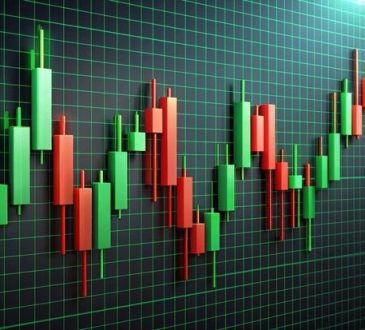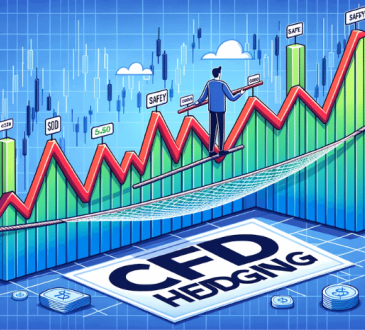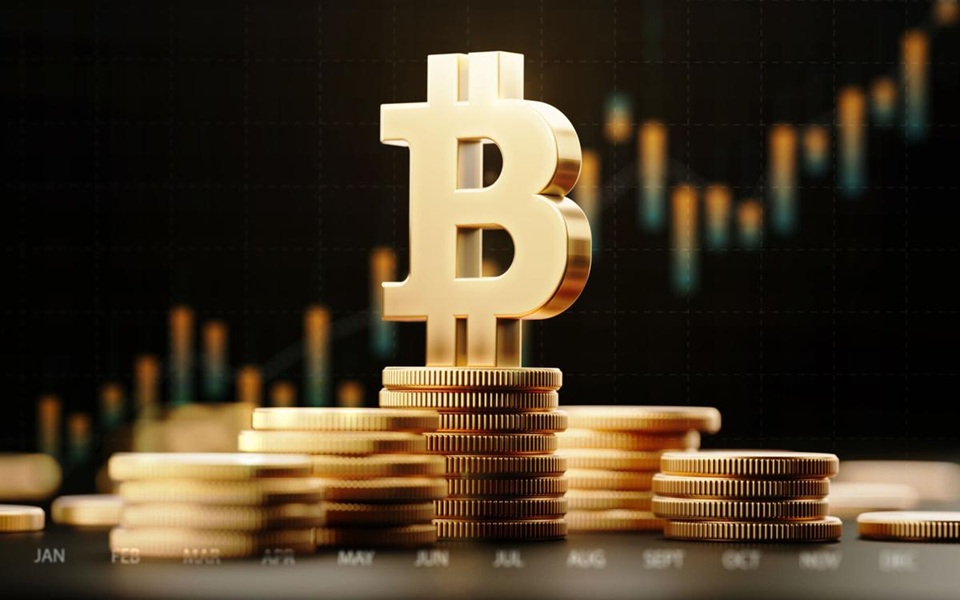
Every morning, millions of people open their phones and type one simple phrase into Google: bitcoin price USD. Some do it with excitement, others with anxiety, and some out of pure curiosity. But what they’re really checking isn’t just a price tag on a digital coin—it’s a snapshot of where finance, technology, and human belief intersect.
The Ritual of Checking Bitcoin
For traders, refreshing the Bitcoin chart is like checking the weather. Instead of asking “Do I need an umbrella today?” they’re asking “Is my portfolio safe, or am I in for a storm?”
When Bitcoin is up, Twitter fills with rocket emojis. When it’s down, memes of panic and despair spread just as quickly. In both cases, the bitcoin price USD acts as the trigger, dictating moods in online communities and even in living rooms across the world.
Why the Dollar Matters So Much
It’s no accident that people search for Bitcoin’s price in USD rather than in euros, yen, or rupees. The dollar is the global measuring stick, the ruler by which almost every other asset is judged. Oil, gold, and even other currencies are benchmarked against it.
By anchoring Bitcoin’s value in USD, we get a universal language. Whether you’re in New York, Mumbai, or São Paulo, the number instantly tells you what the world thinks Bitcoin is worth today.
Behind the Price: More Than Charts
At first glance, the Bitcoin price seems like it should be simple: supply meets demand.
But if you peel back the layers, it’s also shaped by:
- Global events – A new law, a stock market crash, or even a political speech can move the price overnight.
- Investor psychology – Fear of missing out pushes people to buy; fear of losing everything pushes them to sell.
- Network fundamentals – Hash rate, adoption, and scarcity all give Bitcoin its backbone.
So when you see the bitcoin price USD climbing or dipping, what you’re really seeing is a reflection of countless decisions made around the globe in real time.
The Human Side of Price Movements
Numbers don’t capture the feeling of someone buying their very first satoshi, or the relief of an investor who held through a dip and came out ahead.
Every spike on a chart is a story:
- A student trying to grow a side hustle into savings.
- A retiree diversifying because they no longer trust the banking system.
- A developer in a country with inflation using Bitcoin to preserve wealth.
- The price in USD is the headline, but the human stories are the heart of Bitcoin.
Why Volatility Keeps Us Hooked
If Bitcoin traded flat at $100,000 forever, far fewer people would check the charts each day. It’s the volatility—the sudden swings up and down—that makes the market thrilling and terrifying.
When the bitcoin price USD falls to a seven-week low, panic spreads. When it rebounds and breaks new highs, hope surges. This emotional rollercoaster is part of what keeps Bitcoin constantly in the news and on people’s minds.
Looking Ahead: Not Just Predictions
Analysts love to predict the next milestone—$150K, $200K, maybe even $1M. But the truth is, no one really knows. What’s more important than the exact number is the fact that Bitcoin has already proven staying power.
Every dip that once seemed catastrophic eventually became just another blip on the long-term chart. For many, that’s the ultimate reason they check the bitcoin price USD every day: not because they expect certainty, but because they’re watching a revolution unfold in real time.
Final Thought: A Mirror, Not Just a Metric
The next time you refresh the Bitcoin chart and glance at its value in USD, remember this: the number is more than a price. It’s a mirror reflecting technology, global economics, and human psychology all at once.
Bitcoin’s price in USD will rise and fall, sometimes dramatically. But behind every digit on that screen is a bigger story—about belief, trust, risk, and the future of money.
That’s why the ritual continues. That’s why people keep searching “bitcoin price USD.” Not just to see the number, but to feel connected to something larger than themselves.




